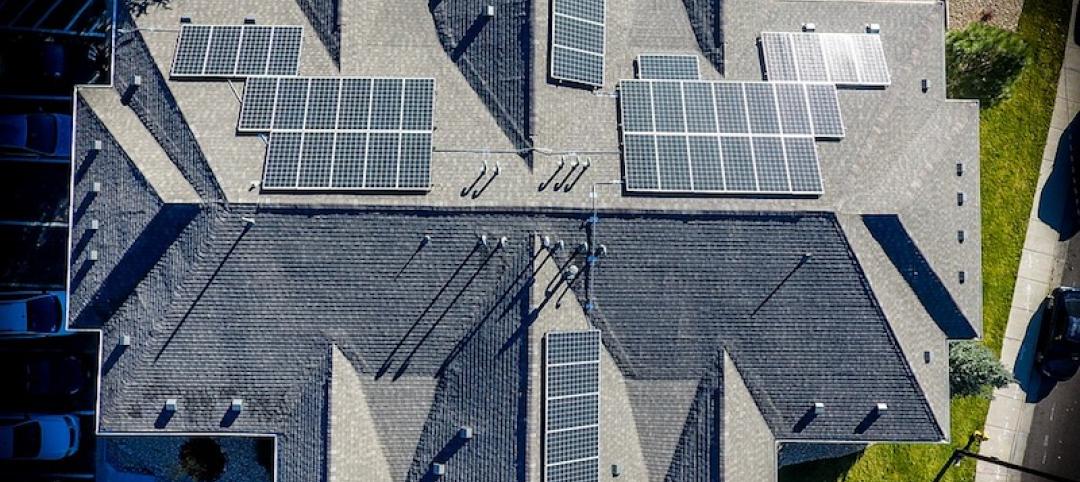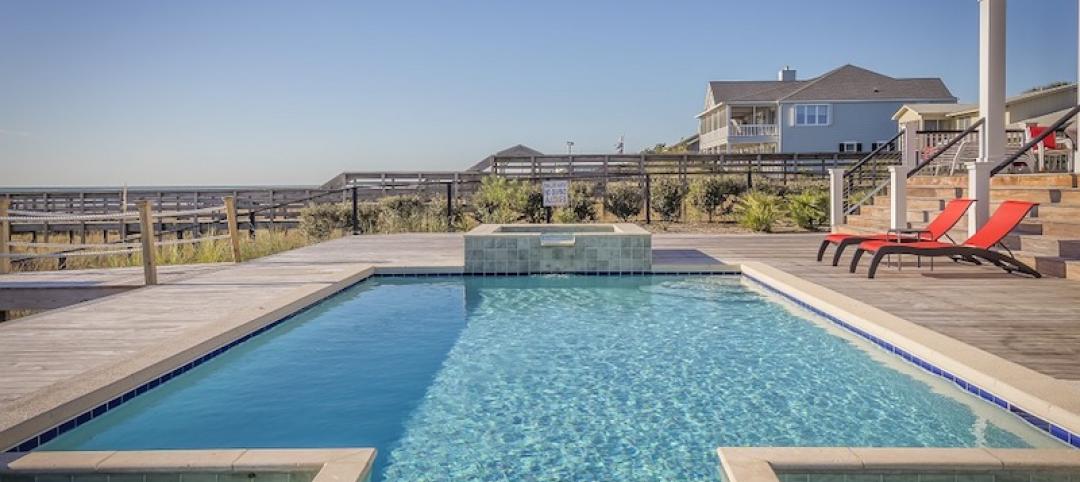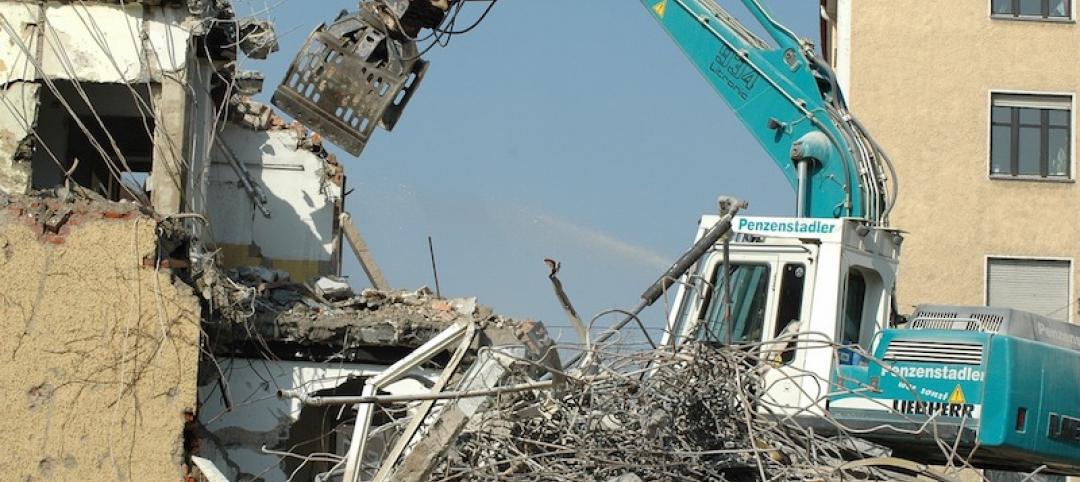A method to estimate the amount of CO2 generated by building occupants since the early 1980s may be off by as much as 25%.
Researchers at the National Institute of Standards and Technology (NIST) and George Mason University say the old formula relies on old data and a method lacking scientific documentation. To help address the problem, the researchers developed a new computation method that uses well-established concepts from the study of human metabolism and exercise physiology.
The new method relates CO2 generation rates to body size and composition, diet, and level of physical activity. Researchers say this results in more accurate estimates of the CO2 generated by individuals, and by extension, an improved estimate of the concentration produced by a building’s entire occupant population.
Measurements of indoor carbon dioxide (CO2) concentrations are used to evaluate indoor air quality. CO2 metrics are strongly linked to the levels of contaminants, such as gases and particles, circulating in the air. This information can be used to control ventilation, which helps clean the air, and can reduce the need for heating and cooling.
Related Stories
Codes and Standards | Sep 7, 2018
NIST releases report outlining steps to bolster disaster resiliency
Offers immediate occupancy building codes and performance standards strategies.
Codes and Standards | Sep 6, 2018
Coalition of mayors around the globe pledge net-zero buildings by 2030
New construction to produce as much energy as it consumes.
Codes and Standards | Sep 5, 2018
New White Paper on Metal Panel Fire Safety Released
Has detailed information for insulation, fire safety requirements in U.S., other countries.
Codes and Standards | Aug 31, 2018
Trade war could make adaptive reuse more attractive
Higher cost of building materials could make rehab a better financial bet.
Codes and Standards | Aug 30, 2018
Metrics should guide strategy for schools seeking LEED certification
Assessing current status helps direct where improvements can have greatest impact.
Codes and Standards | Aug 29, 2018
The 2018 IAPMO solar and swimming pool codes now available
For installation and inspection of public and private swimming pools, spas, and hot tubs.
Codes and Standards | Aug 28, 2018
New York’s green roof program needs reform
Despite incentives, few owners add vegetative roofs.
Codes and Standards | Aug 24, 2018
Resilience, sustainability emphasized in plans for new 23,000-acre city in the Philippines
“A backup for when Manila fails.”
Codes and Standards | Aug 23, 2018
Cities promote deconstruction of old homes with mixed results
Market factors complicate efforts to recycle material from old structures.
Codes and Standards | Aug 22, 2018
Oregon is first state to change building code to allow tall mass timber buildings
Statewide alternate method allows early technical consideration and approval.

















